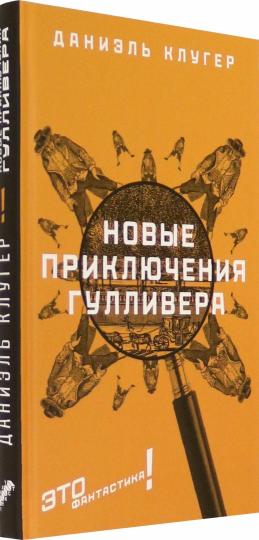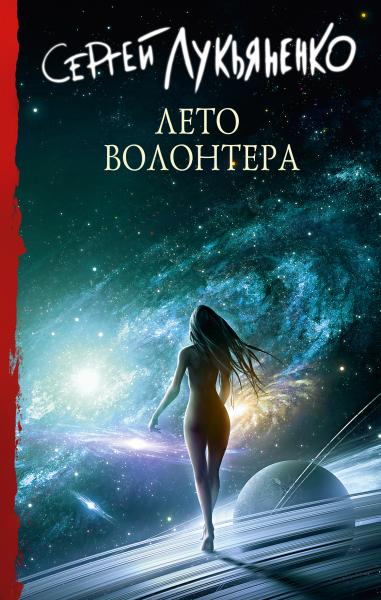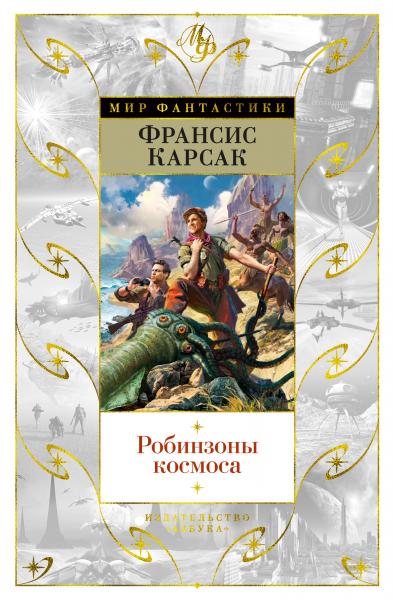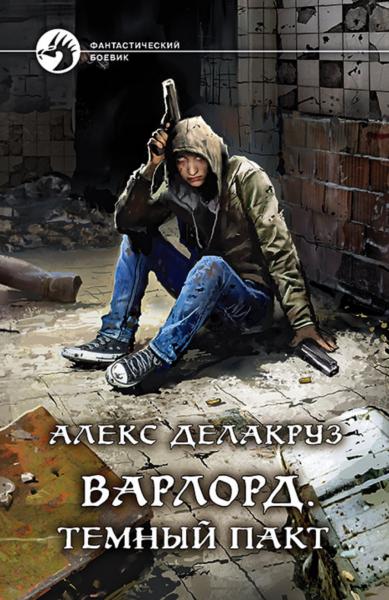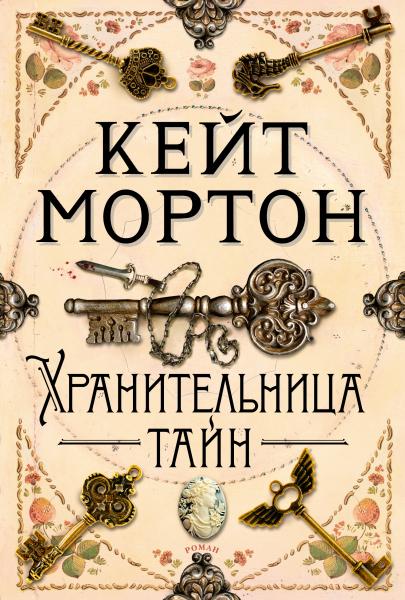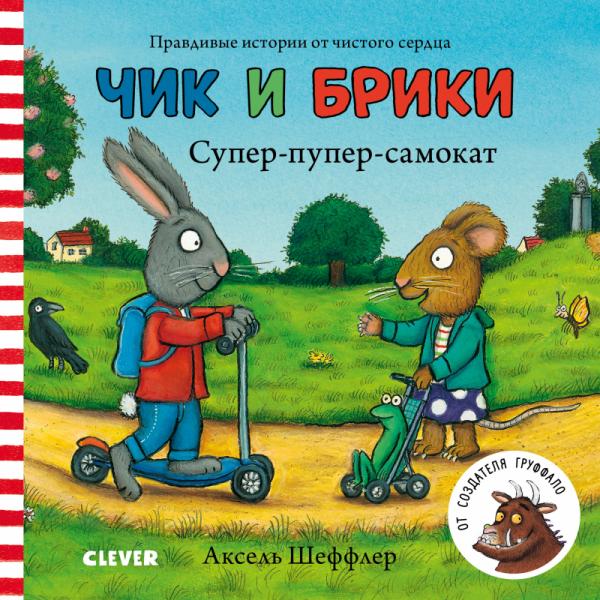
New Arrival Russian Books - Download our ORDER FORM March 2024
- Expatriate Russian Authors
- Art
- Biographies, Memoirs
- Cooking, Food, Wine
- Entertainment, Lifestyle, Family, Home
- Graphic Novels
- Health, Mind, Body
- History
- Language Learning Materials
- Literature, Fiction
- Mystery, Thrillers
- Philosophy, Politics, Social Sciences
- Reference, Scientific
- Religion, Spirituality
- Romance
- Russian Learning Textbooks
- Science Fiction, Fantasy
Взломавшая код / Russian
Available: 10+
Language Collection: RUSSIAN
Original
Transliteration
English
Уолтер Айзексон рассказывает о жизни Нобелевского лауреата Дженнифер Даудны, ученой, открывшей способ редактировать геном. Автор начинает с детства героини на Гавайях и рассказывает о том, как она еще в 12 лет вдохновилась книгой Джеймса Уотсона 'Двойная спираль', автобиографическому труду об открытия структуры ДНК. Даудна стала многообещающей молодой ученой и смогла добиться выдающихся успехов в своей области, став одним из ведущих специалистов в области генетических исследований. Айзексон подробно рассказывает о том, как она сотрудничала с другими учеными, чтобы совершить прорыв, приведший к открытию CRISPR, системы, позволяющей редактировать геном.Однако эта книга – не только биография Даудны, но и история развития науки о генетике. Наряду с доступным объяснением того, что именно Даудна и ее коллеги открыли и разработали, в этой книге также рассмотрены и менее обсуждаемые аспекты современной науки: борьба за финансирование, противоречия между целями академических исследований (научный прогресс) и интересами частного сектора (прибыль), трудный процесс публикации и патентования открытий, а также противостояние между учеными.
Uolter Aĭzekson rasskazyvaet o zhizni Nobelevskogo laureata Dzhennifer Daudny, uchenoĭ, otkryvsheĭ sposob redaktirovatʹ genom. Avtor nachinaet s detstva geroini na Gavaĭiakh i rasskazyvaet o tom, kak ona eshche v 12 let vdokhnovilasʹ knigoĭ Dzheĭmsa Uotsona 'Dvoĭnaia spiralʹ', avtobiograficheskomu trudu ob otkrytiia struktury DNK. Daudna stala mnogoobeshchaiushcheĭ molodoĭ uchenoĭ i smogla dobitʹsia vydaiushchikhsia uspekhov v svoeĭ oblasti, stav odnim iz vedushchikh spetsialistov v oblasti geneticheskikh issledovaniĭ. Aĭzekson podrobno rasskazyvaet o tom, kak ona sotrudnichala s drugimi uchenymi, chtoby sovershitʹ proryv, privedshiĭ k otkrytiiu CRISPR, sistemy, pozvoliaiushcheĭ redaktirovatʹ genom.Odnako ėta kniga – ne tolʹko biografiia Daudny, no i istoriia razvitiia nauki o genetike. Nariadu s dostupnym obʺiasneniem togo, chto imenno Daudna i ee kollegi otkryli i razrabotali, v ėtoĭ knige takzhe rassmotreny i menee obsuzhdaemye aspekty sovremennoĭ nauki: borʹba za finansirovanie, protivorechiia mezhdu tseliami akademicheskikh issledovaniĭ (nauchnyĭ progress) i interesami chastnogo sektora (pribylʹ), trudnyĭ protsess publikatsii i patentovaniia otkrytiĭ, a takzhe protivostoianie mezhdu uchenymi.
Walter Isaacson talks about the life of Nobel laureate Jennifer Dowdna, a scientist who discovered a way to edit the genome. The author begins with the heroine's childhood in Hawaii and tells how she was inspired by James Watson's book "The Double Helix", an autobiographical work about the discovery of the structure of DNA, at the age of 12. Daudna became a promising young scientist and was able to achieve outstanding success in her field, becoming one of the leading experts in the field of genetic research. Isaacson details how she collaborated with other scientists to make the breakthrough that led to the discovery of CRISPR, a system that allows genome editing.However, this book is not only a biography of Daudna, but also a history of the development of the science of genetics. Along with an accessible explanation of what exactly Daudna and her colleagues discovered and developed, this book also examines the less discussed aspects of modern science: the struggle for funding, the contradictions between the goals of academic research (scientific progress) and the interests of the private sector (profit), the difficult process of publishing and patenting discoveries, as well as the confrontation between scientists.




